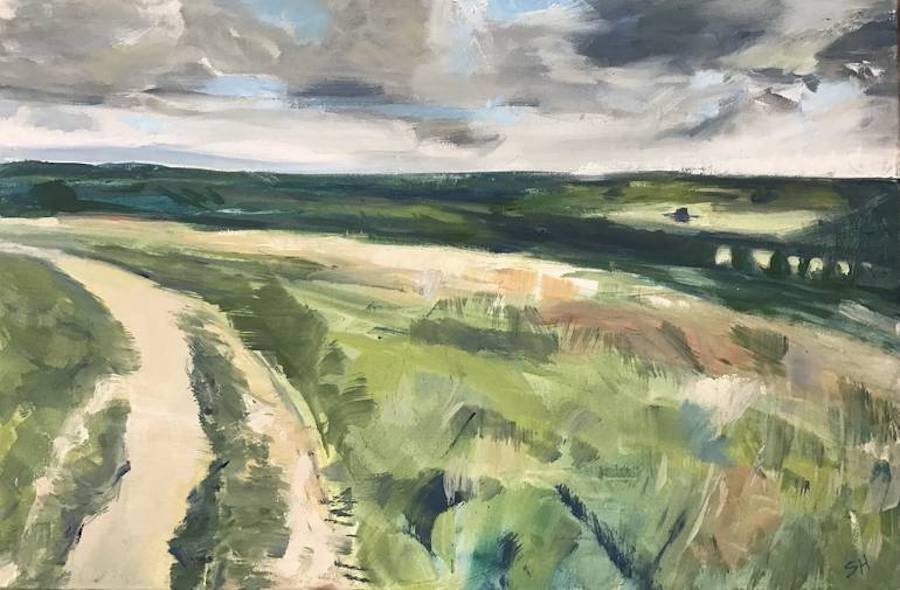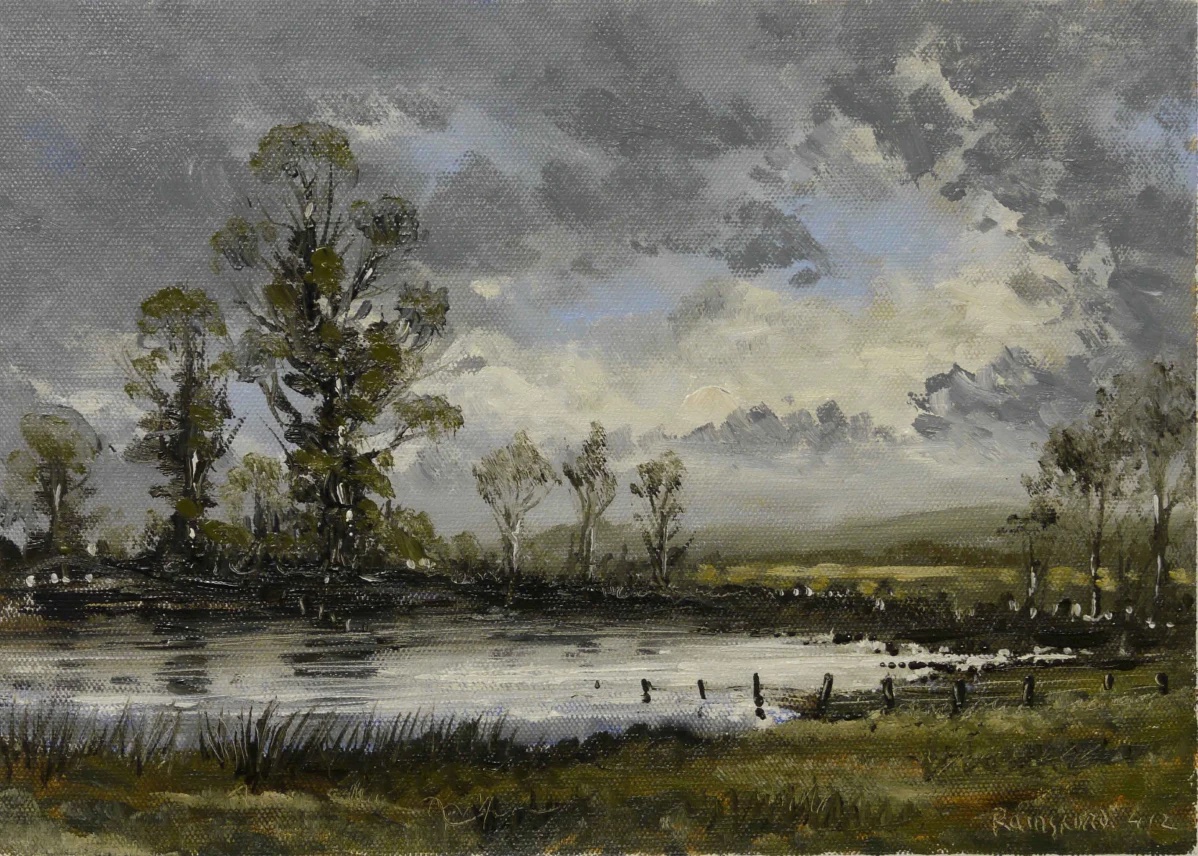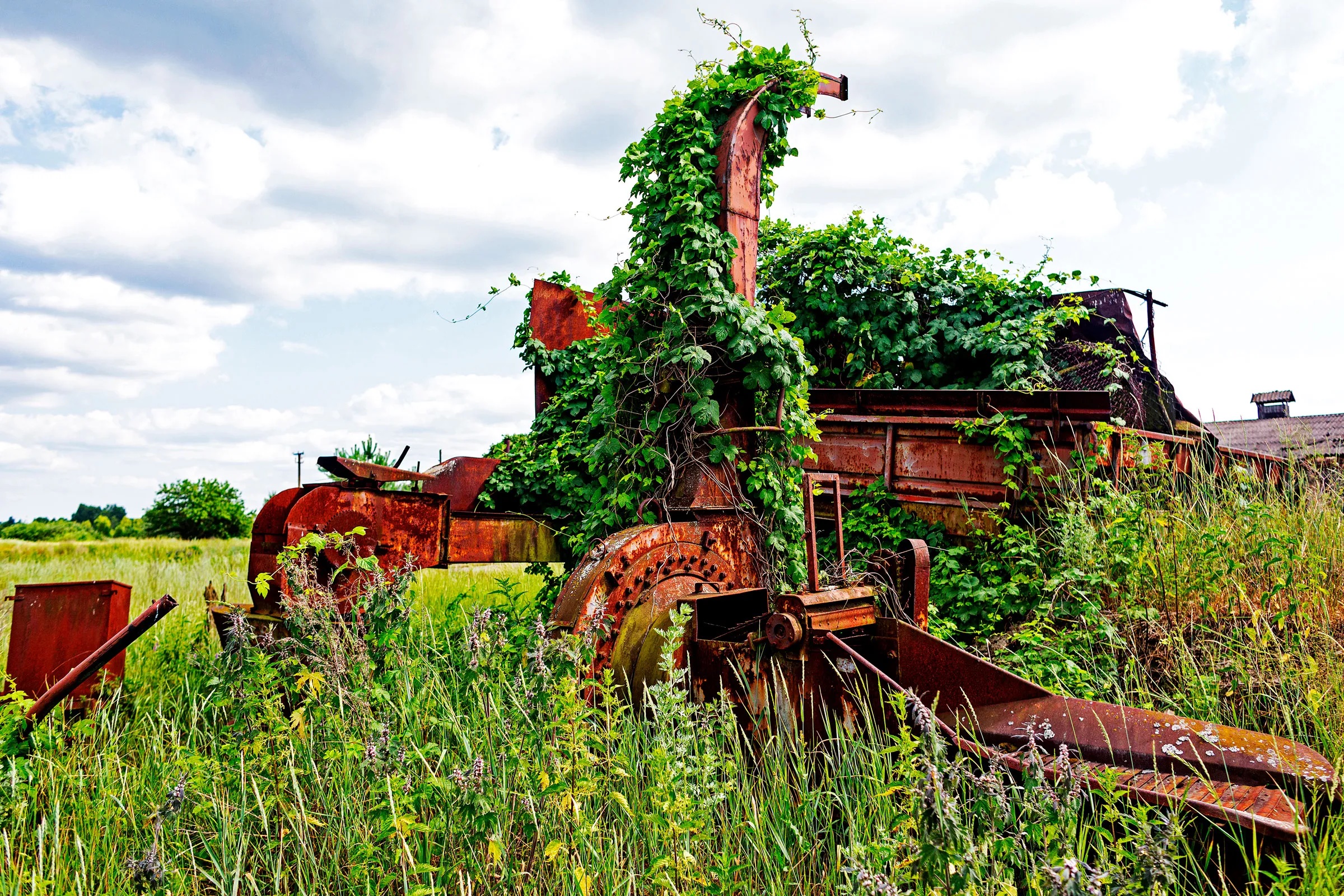Over the years of cycling through the countryside I have seen many changes in farming practice. Recently I have picked up on a trend which could be the solution to the conflict between producing food and recovering biodiversity.
Cycling along the hilly Dorset lanes it is clear that there is a wide variation in the height and width of the hedgerows. They can range from what I call a ‘crew cut’, where they are cut to within an inch of their lives, to a ‘I need to get the job done’ when I usually get a puncture from the sharp thorns. Trees are dotted about the countryside, but their position looks random. It is all very haphazard. The current state of the hedgerows offer some habitat for the usual suspects: robins, blackbirds, sparrows and chaffinches. The trees are dominated by wood pigeons and crows. If I ever came across a yellow hammer I would fall off my bike in shock! Over the last two to three years I have seen more deer than rabbits, and I have yet to spot a hedgehog or fox. But what I am starting to see is that a few hedgerows are being laid which is where the hedge stems are laid at an angle to thicken their base which invigorates growth. I believe this is an early sign that some farmers and landowners are beginning to take hedgerow management seriously.

Traditional hedgerow management would have seen hedges laid every fifteen to twenty years. Laying the hedgerow encourages new growth at its base which is the ideal habitat for wildlife. Sometimes they would have been left to grow out and then be relaid. Otherwise they would have been trimmed by hand. This type of management lasted for centuries but it was labour intensive. Two factors changed hedgerow management: mechanisation of farming with the introduction of the flail mower and wire fencing. The flail mower is cheaper to use than hand trimming and by replacing hedgerows with wire fencing the maintenance costs are further reduced. Today the flail mower is controversial because they are used to keep the height of a hedge at the same level each year so that re-laying a hedge is no longer required.

Hedgerows have the potential to offer a home for a wide range of species. For example a study carried out on a hedgerow in Devon identified over 2000 species. The report also identified many factors that are involved in using the hedgerow for wildlife habitat such as: connection with the surrounding landscape, hedge structure, plant diversity and the ‘green-lane effect’ which is where farmland tracks with unsealed surfaces are bordered on each side by hedges. However, poorly managed hedgerows can have an adverse effect on wildlife. For example many over trimmed hedgerows create high canopies which leads to vegetation thinning at their base which is bad for hedgehogs.
There is a growing interest in hedgerow management with voluntary groups such as the The Great Big Dorset Hedge who work with farmers to facilatate the restoration of hedgerows across Dorset. The National Hedge Laying Society are dedicated to maintaining hedge laying skills for wildlife. And some individuals such as Adam Nigels have influenced government policy. Many wildlife organisations such as the People’s Trust for Endangered Species along with other groups who campaign for hedgehogs, doormice etc. actively promote good hedgerow management. The UK government through subsidies pay farmers to manage the hedgerows and their Envronmental Improvement Plan has pledged to support them to create or restore 30,000 miles of hedgerows a year by 2037 and 45,000 miles a year by 2050. But as I cycle around the countryside it is obvious that there is a long way to go before improved hedgerow management will recover biodiversity.
So what can be done? One suggestion is that groups of farmers could club together and create a new role for somebody to manage the wildlife on their farms using active hedgerow management. The aim would be to replace all fences by hedges and recover existing hedgerows. The individual’s role would include planning and managing the hedgerows with the aim of improving biodiversity on their farms. The role would coordinate their efforts with volunteer groups who are a great source of knowledge about hedgerows and wildlife. They would be ‘hands on’, we don’t need another layer of management, and include laying hedges and measuring biodiversity as part of their skills. ELMs and other government grants could pay for the role. If more government support was required then how about a ‘wildlife tax’ where all food processors and retailers are taxed as the produce leaves the farm gate and the money gathered would pay for the role described above?
We need to accelerate the recovery of biodiversity but maintain, and where applicable, improve food production. One of the best ways of doing this is to improve hedgerow management. It takes unproductive land which can be maximised for the recovery of biodiversity. But the improvement in hedgerow management needs to move from evolution to revolution if we are going to reverse the decline in biodiversity. The role described above would focus action on farms but the revolution needs to be ignited by us. If you have a hedgerow in your garden is it in the best shape to improve biodiversity? When you are out walking through the countryside do the hedges look like they are supporting a wide range of biodiversity? If not why not then contact a local group working on improving biodiversity e.g. your local wildlife trust, etc. and ask how you can help? If there are parks close to where you live, are the local authorities managing the hedges to maximise biodiversity? If not, contact your local councillor and ask why not. If you see a farmer you could have a chat about the obstacles that are preventing them from managing their hedgerows to get a better understanding of the problems that they face. Contact your local MP and ask them how the latest government initiatives will improve hedgerow management. If it isn’t going to improve biodiversity then ask them why they are wasting tax payers money. With a little bit of imagination and lots of determination we can all help to recover biodiversity and then maybe one day when I am out cycling I will see more yellow hammers than robins.






